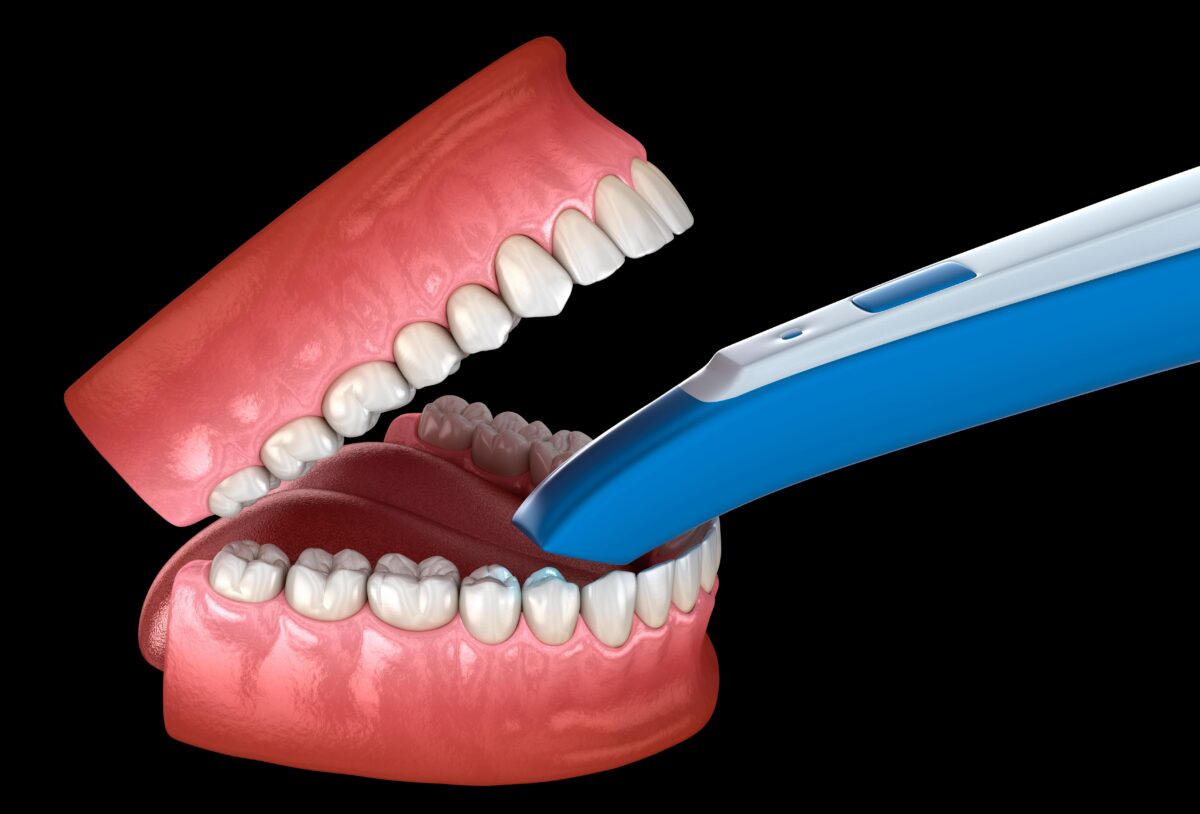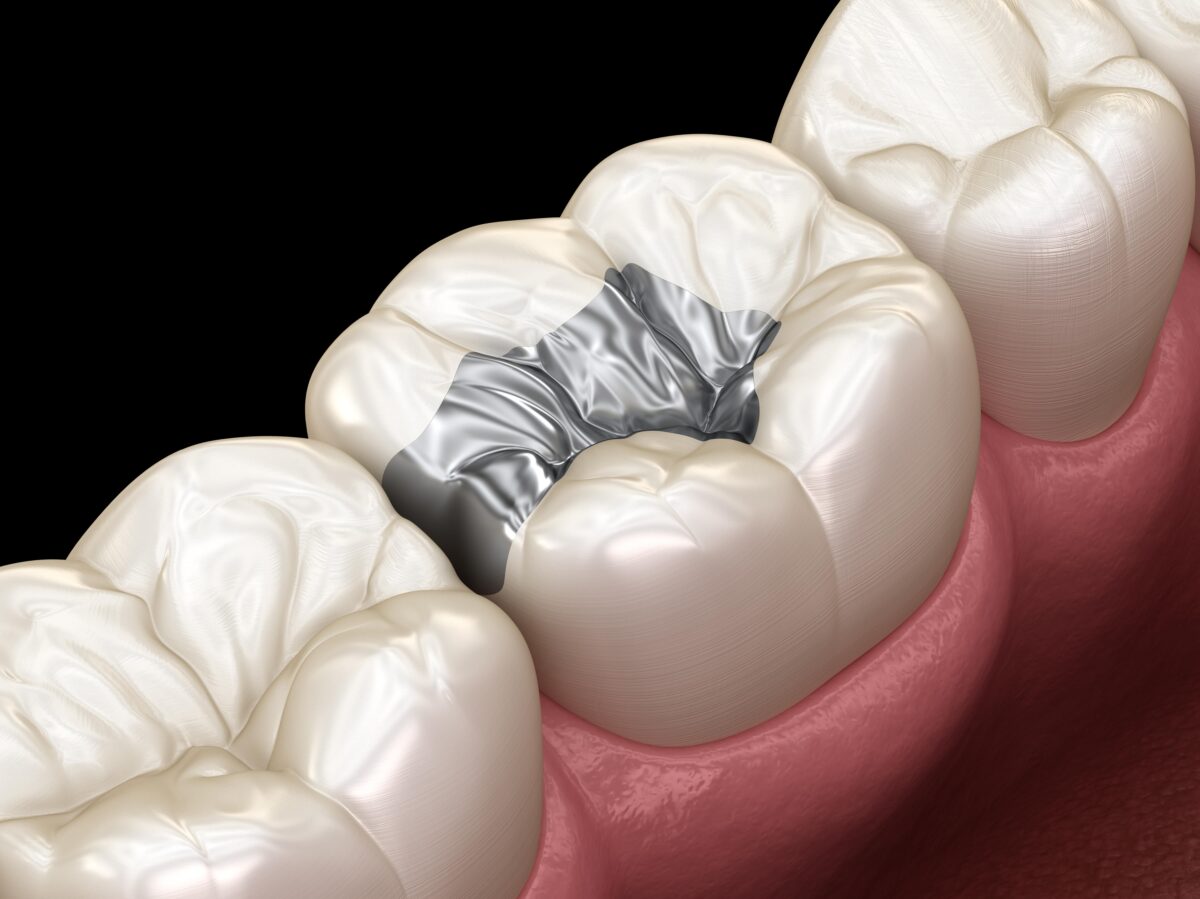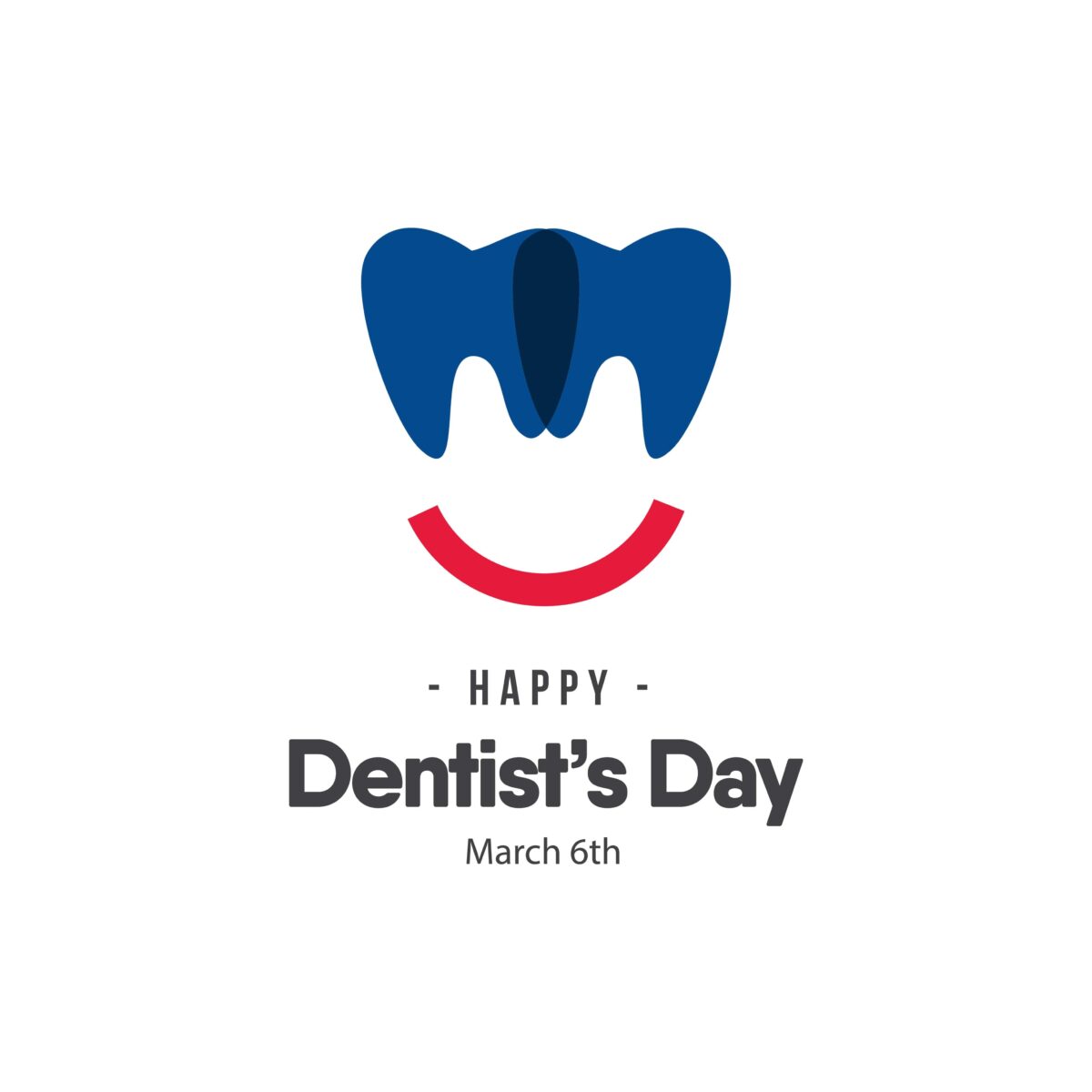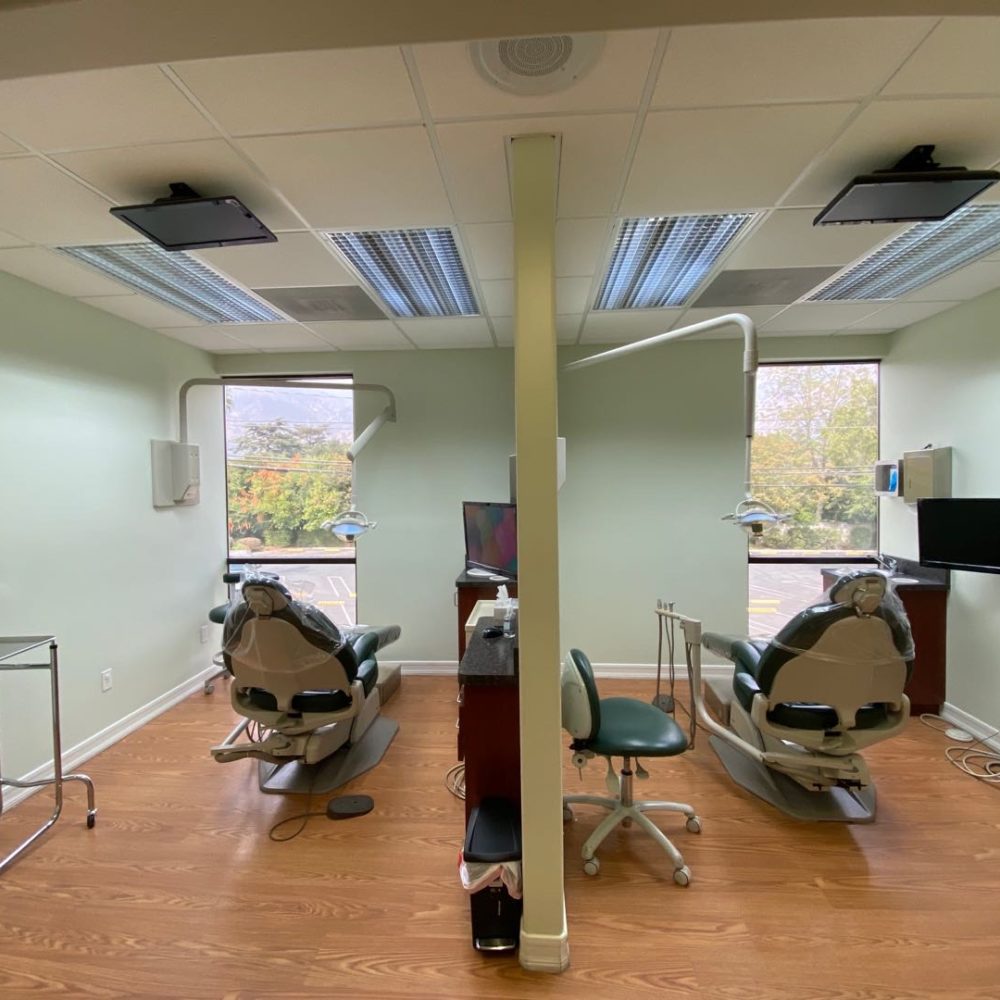Dental implant emergencies can be stressful, especially if they cause pain or discomfort. It is important to know what to do if you experience a dental implant emergency. In this blog post, we will discuss the two most common dental implant emergencies: trauma and peri-implantitis. We will also provide information on how to handle each emergency situation.
Trauma
Trauma to the implant can be caused by a fall or other force that affects the teeth and/or jaw. Depending on the extent of the trauma, you may experience pain, notice the implant is loose, or not notice anything. No matter what, it is important to have your implant checked after experiencing any trauma to the mouth. Even if there was no trauma to the implant itself, trauma in the surrounding areas can still be problematic.
If you experience trauma to your dental implants, it is important to immediately protect them from further damage until you can see your dentist. The best way to do this is by rinsing with warm water, taking over the counter pain medications if necessary, and avoiding foods that are hard, crunchy, chewy, or sticky. Your dentist may also provide you with instructions to follow until they can see you.
Peri-Implantitis
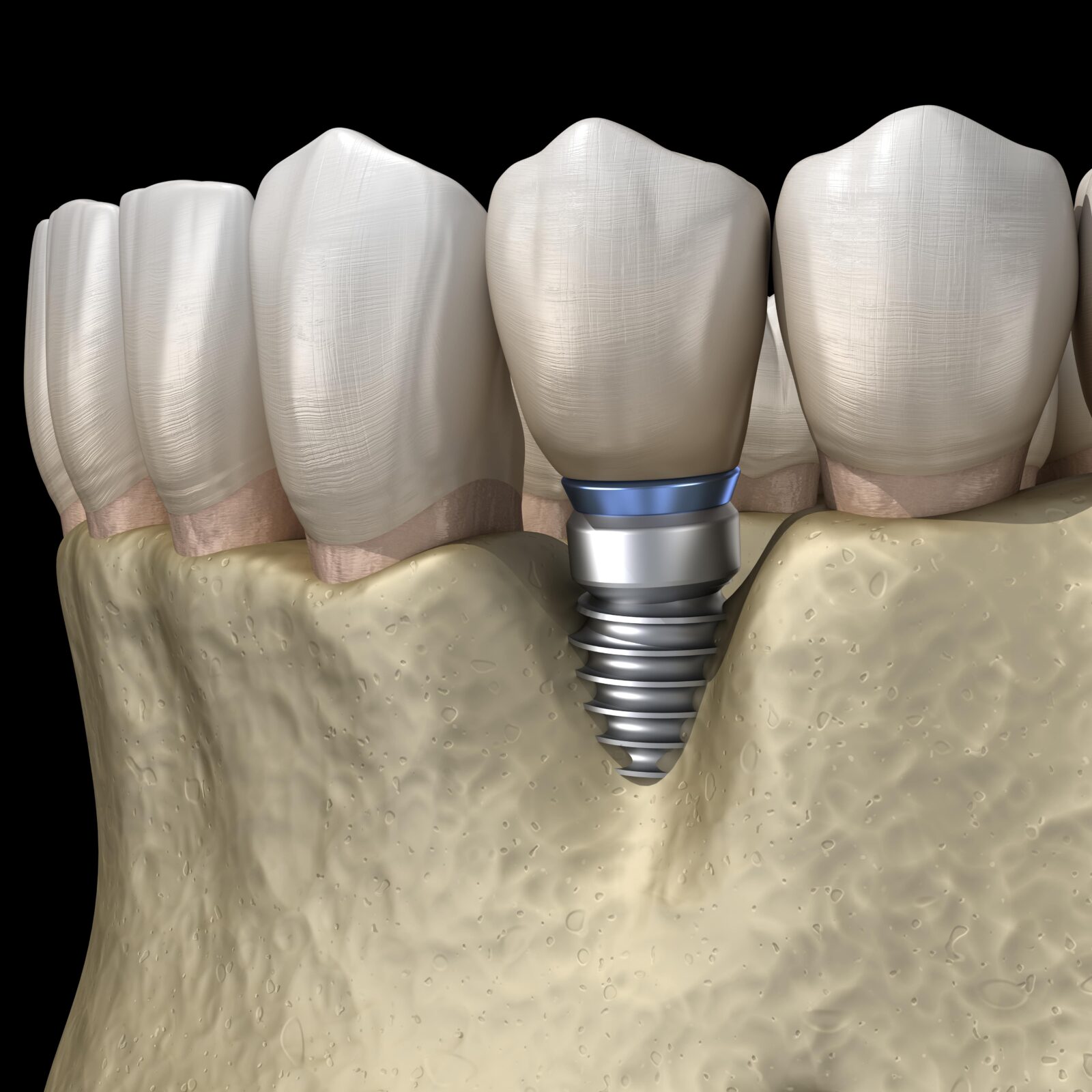
Peri-implantitis is an infection that affects the hard and soft tissues around dental implants. It is caused by the bacteria found in plaque and usually occurs due to a lack of proper oral hygiene. In the early stages, it is known as peri mucositis and primarily affects the gums. When left untreated, the infection will advance and start to deteriorate the jawbone. This can cause the dental implant to become loose and it can also increase the likelihood of the implant becoming damaged.
Symptoms of peri-implantitis include redness, swelling, pain, and gums that bleed when you brush or floss. If you experience any of these symptoms, it is important to see your dentist right away for treatment. Treatment for peri-implantitis may include antibiotics, periodontal surgery, or implant removal and replacement.
What about broken dental restorations?
While dental implants refer to the titanium posts in the jawbone, the visible dental prosthetic is actually known as an implant-supported restoration. This can include a crown, bridge, or denture. If you experience a broken dental restoration, it is not considered an emergency since there is no natural tooth structure that can become infected. However, it is still important to see your dentist to have the restoration repaired and the implant evaluated to ensure no underlying damage is present.
In Conclusion
Both dental implant emergencies require prompt attention to avoid further damage or infection. If you are experiencing either type of dental implant emergency, it is important to seek treatment as soon as possible. In the meantime, follow the guidelines above to handle each emergency situation in a way that is best for your dental health. By knowing what to do and what to look for, you can help minimize the damage and reduce the amount of pain and discomfort you experience. For more information on dental implant emergencies, contact our office today.
